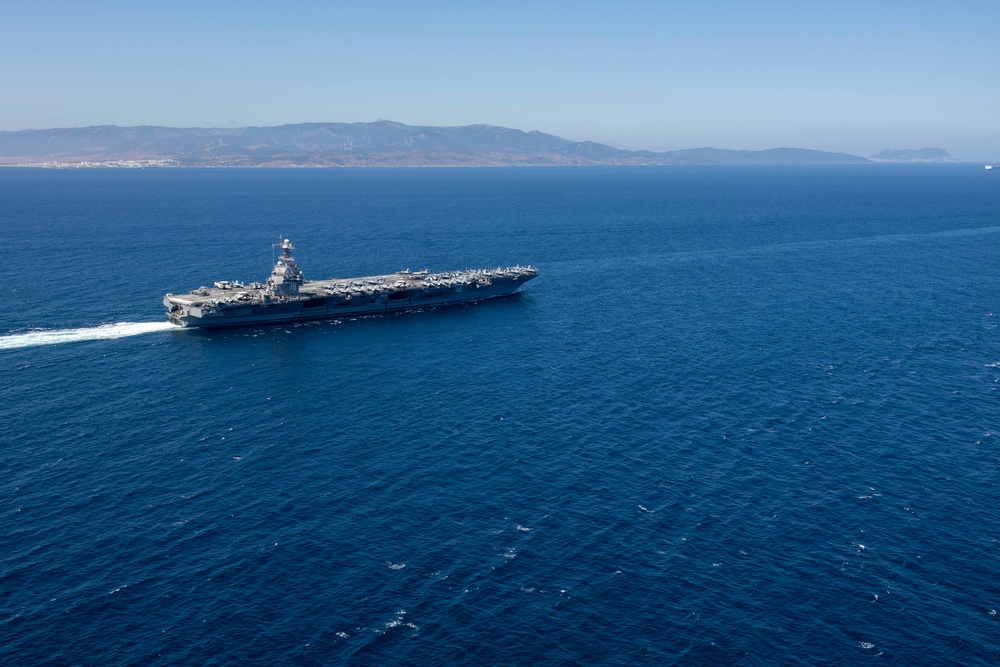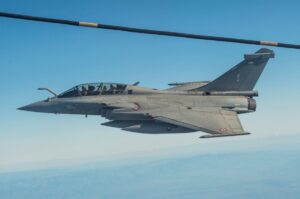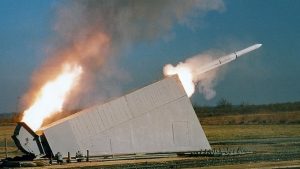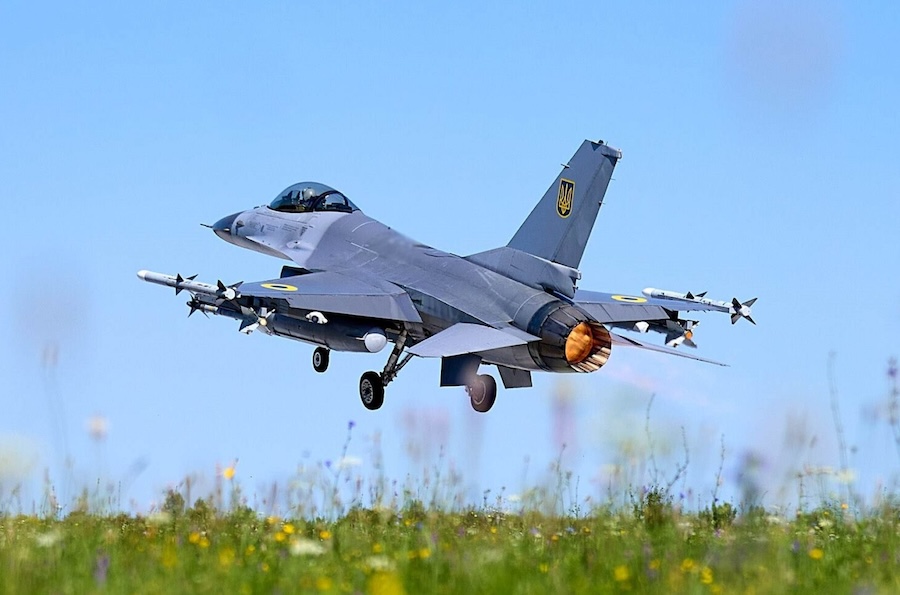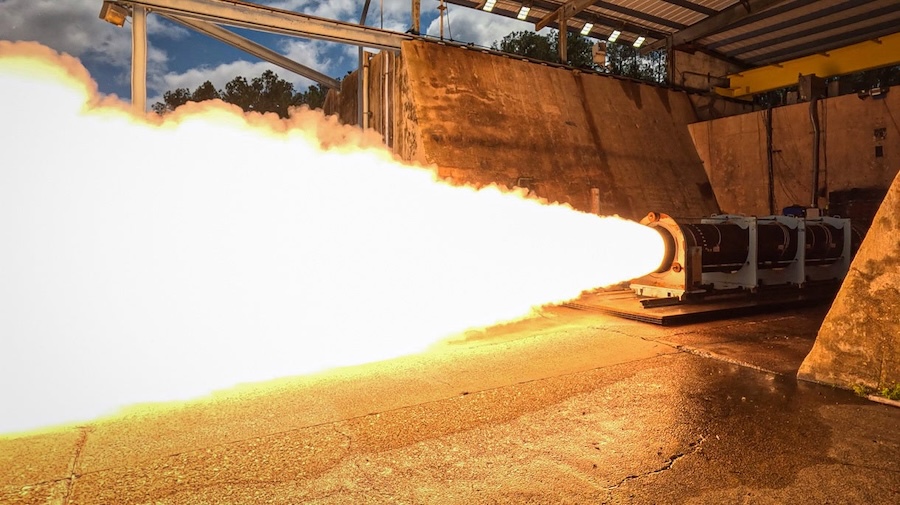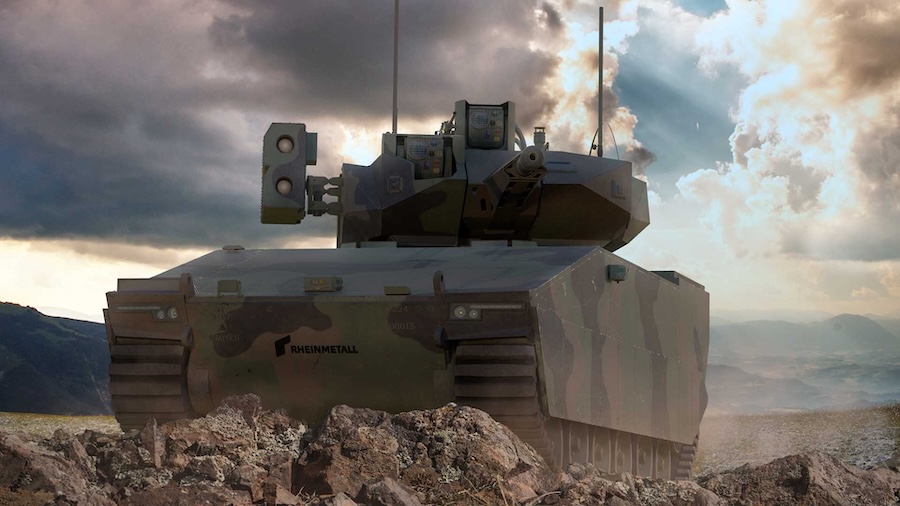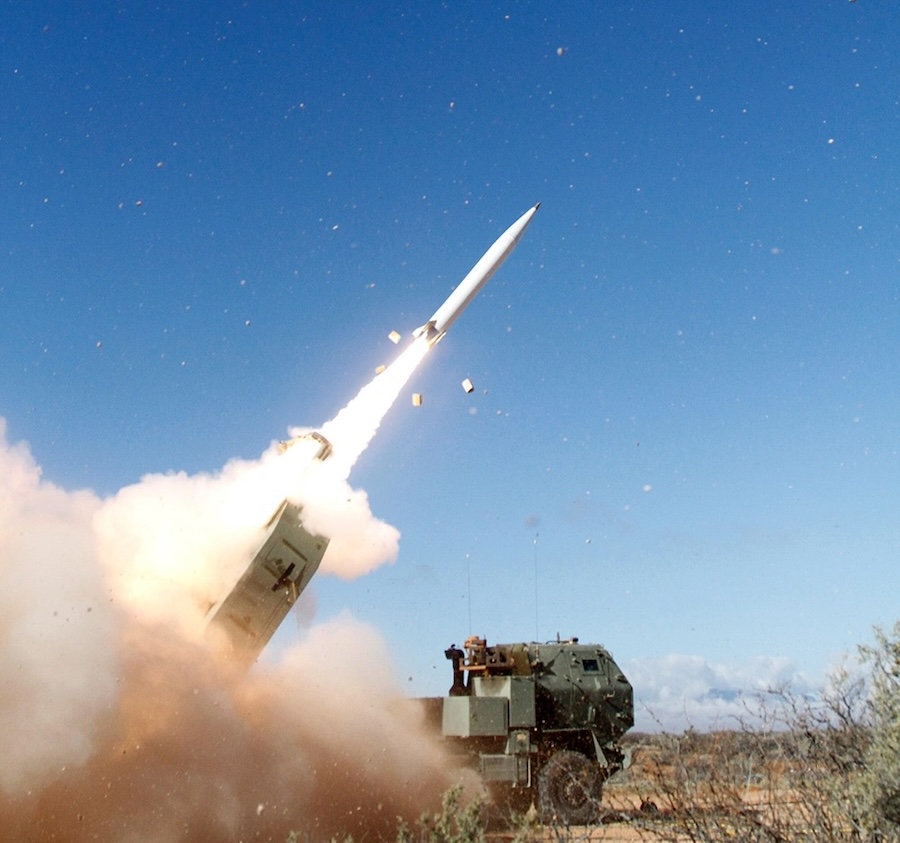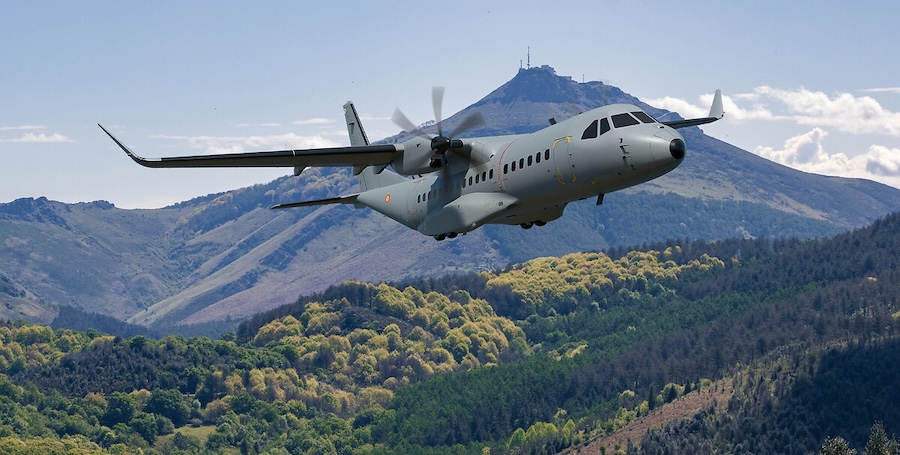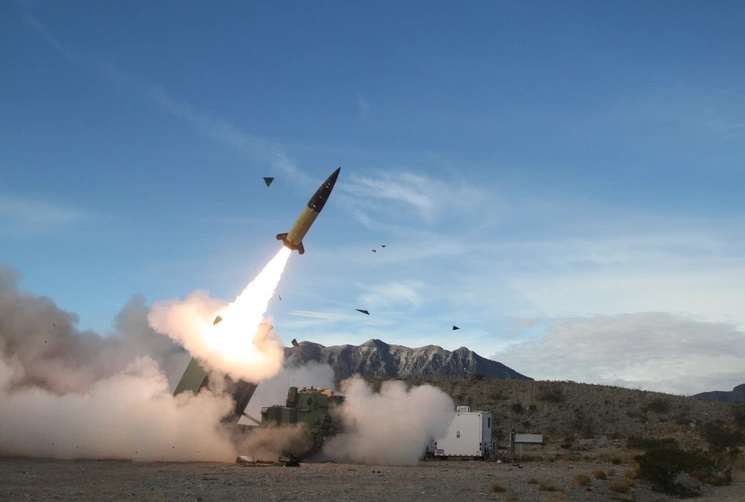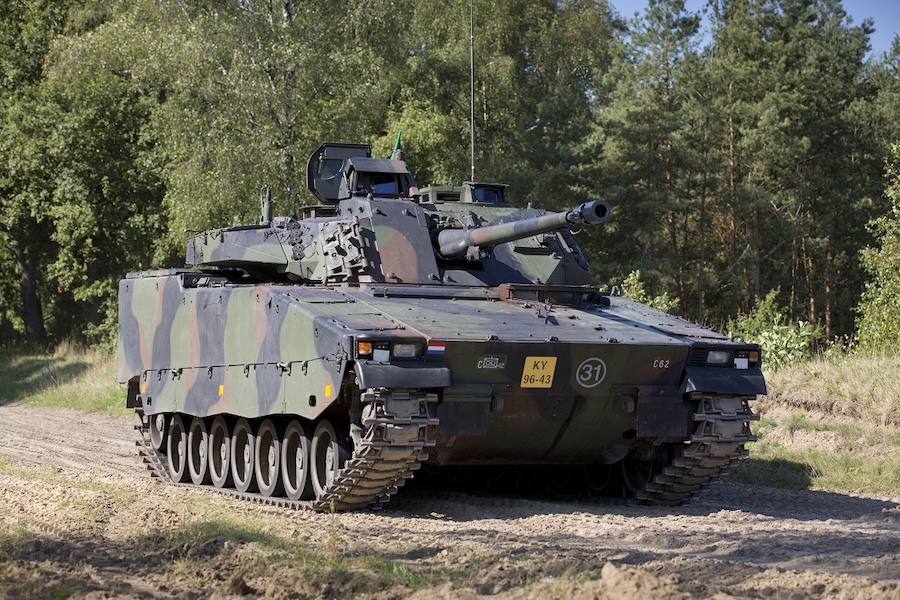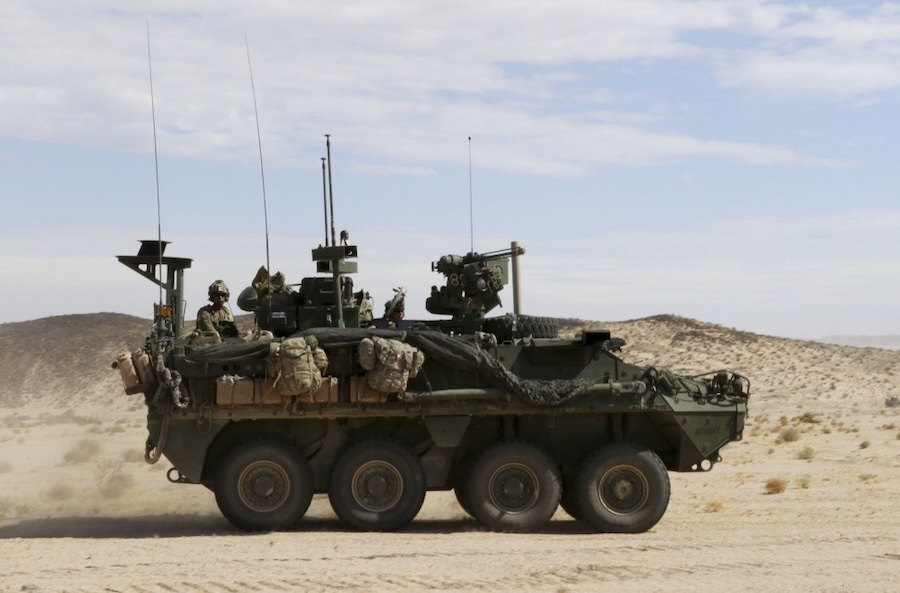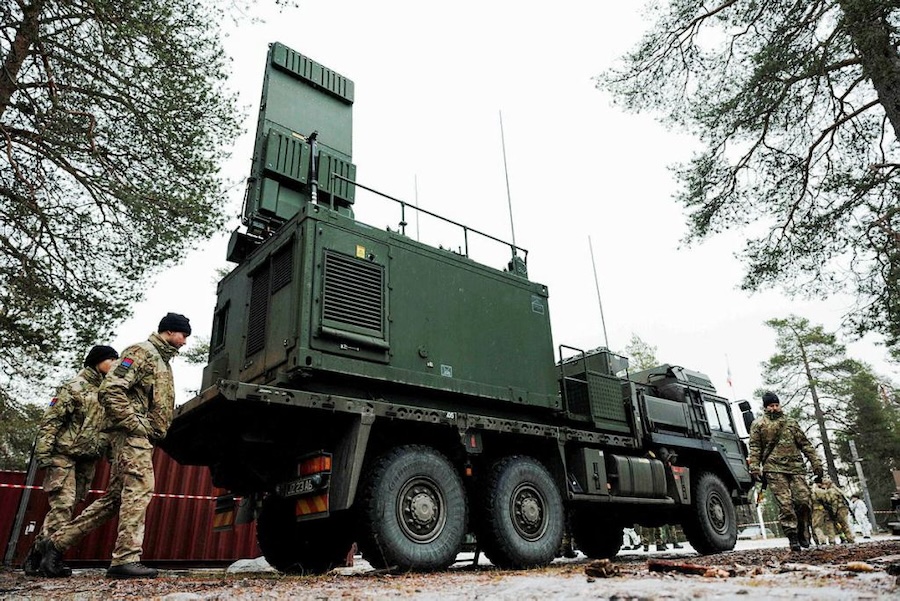This joint transit demonstrates the combined naval strength and shared commitment of the United States and Spain to enhancing maritime security in a strategically vital region. It also highlights the cohesion among NATO Allies in supporting regional stability.
“This operational activity in the Strait of Gibraltar shows the solid commitment of Spain as a strong Ally in a key access point to the Mediterranean Sea,” said Cmdr. J. David Garcia, commanding officer of ESPS Canarias. “Both the U.S. Navy and the Spanish Navy are used to working together, not only at sea, but also from the Rota Naval Base – the main U.S.-Spanish naval station in South Europe, that was set up back in the 1960s. From there, the defense of our common values has been broadly developed through a firm friendship, which makes us stronger together.”
The operation forms part of NATO’s longstanding mission to ensure peace and deterrence through cooperative military presence. Carrier strike groups such as GRFCSG reflect the flexibility of naval forces and their central role in maintaining security across the European theatre.
“Our ship and crew has assumed the watch in U.S. 6th Fleet. Gerald R. Ford’s mission remains clear: maintain freedom of navigation in international waters for all nations,” said Capt. David Skarosi, commanding officer of USS Gerald R. Ford. “Our Sailors are excited to execute this mission and operate side-by-side with our Allies and partners throughout the region.”
The joint activity signals the effectiveness of U.S.-Spanish naval integration and trust, reinforcing Atlantic and European cooperation. It also underlines the operational readiness and strategic focus of Carrier Strike Group Twelve within the U.S. 6th Fleet area.
The U.S. Naval Forces Europe-Africa, for over 80 years, has worked closely with Allied and partner navies to promote a secure and stable maritime environment. This recent transit continues that legacy, affirming a united front in defence of mutual interests and shared values.




